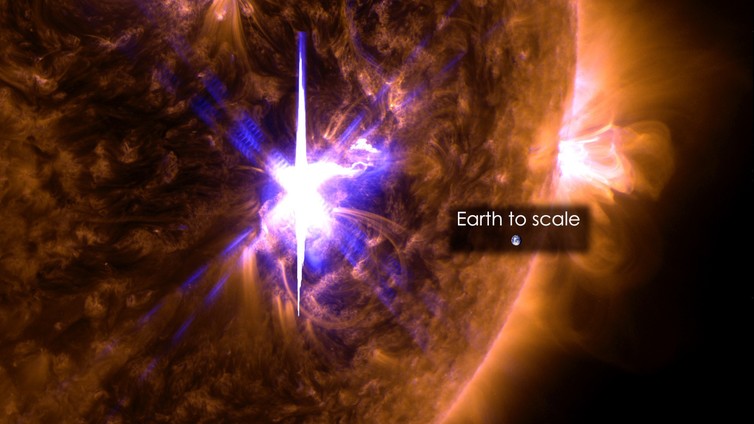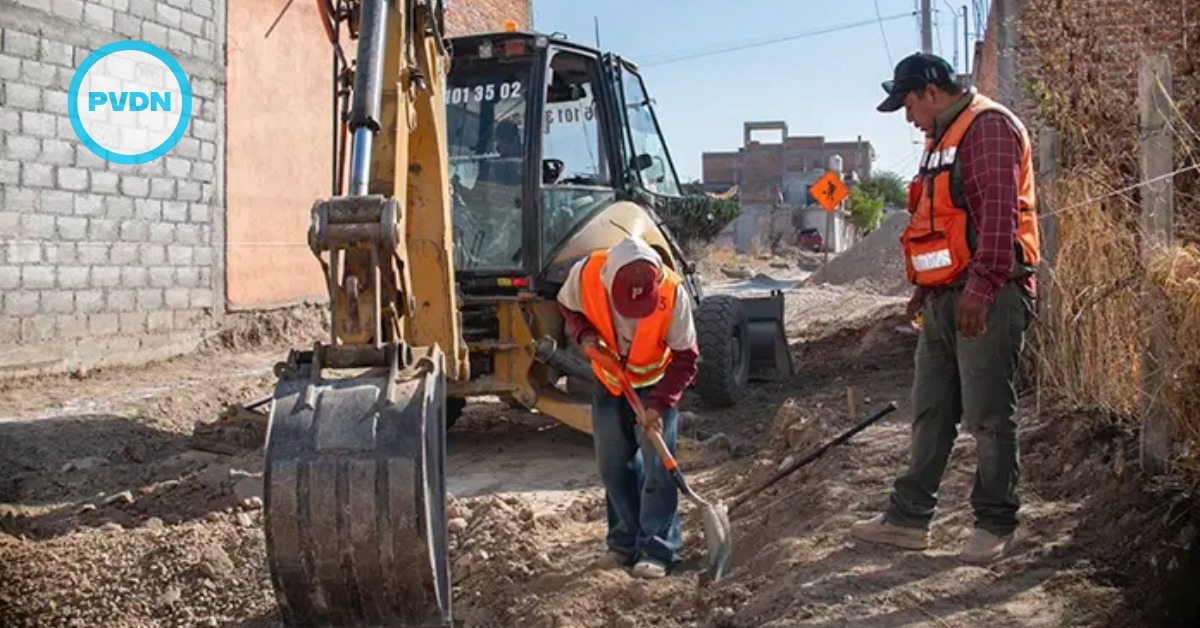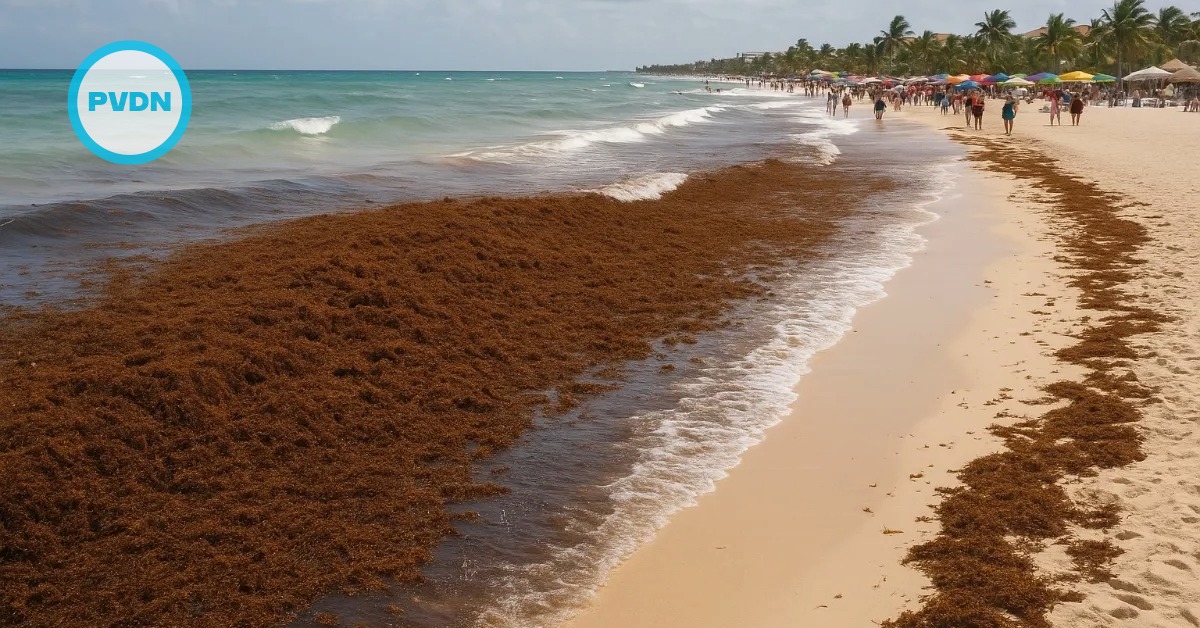If you still have your solar viewing glasses from the eclipse, now is a good time to slap them on and look up at the sun. You’ll see two big dark areas visible on our star. These massive sunspots are regions of intense and complicated magnetic fields that can produce solar flares – bursts of high-energy radiation. You can just make them out with solar viewing glasses, but they’re better viewed through a solar telescope.
These two huge sunspots are currently causing quite a bit of consternation and interest. The solar storms they’ve sent toward Earth may . . .






